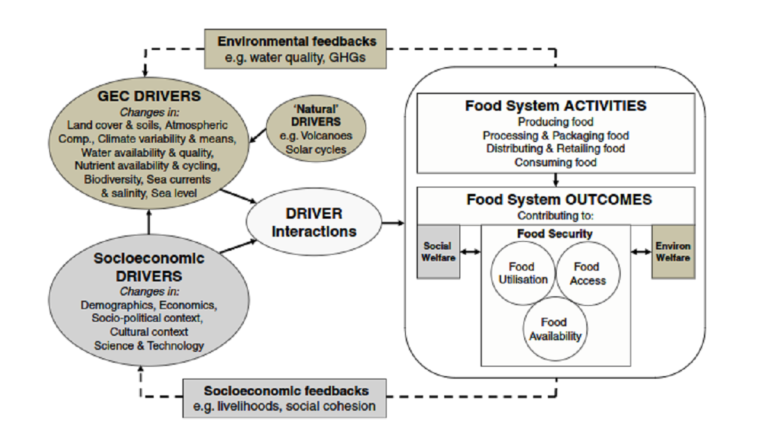a food system approach: assessing food security from a holistic perspective
A food systems approach explores how production, distribution, and access shape food security, highlighting systemic solutions beyond increasing yield.

A food systems approach explores how production, distribution, and access shape food security, highlighting systemic solutions beyond increasing yield.
Alternative food networks (AFNs) aim to help connect food consumers with food producers in the hope that the resocialization of consumption will drive change within the food system. Such changes are generally geared towards promoting social and environmental sustainability. However, even with holistic intentions, alternative food networks [AFNs] are not without their challenges, limitations, and…
“The world now produces enough food to feed its population. The problem is not simply technical. It is a political and social problem. It is a problem of access to food supplies, of distribution, and of entitlement. Above all it is a problem of political will.” Boutros-Ghali, November 1993 925 million people were food insecure…
The mass migration of people from rural to urban spaces throughout the world has brought a number of benefits and challenges. Economic opportunities and exposure to new cultures and experiences have provided people with the chance to lead more diverse lives and expand ties of communication. However, the burgeoning urban populations remain highly dependent on…
Aquaculture is the farming of aquatic plants and animals. The field has grown rapidly throughout the past years because of a lack of arable land and increasing consumer demand for marine proteins and vegetables. Supply is also affected by pressure on wild populations and a growing recognition of the environmental impact of commercial fishing. For…
What exactly is a food desert? The term food desert was first coined in the 1990s in Scotland. It is used to describe locations where there is little or no access to healthy foods. This is often due to a lack of “normal” and “safe” food sources (i.e. supermarkets). When residents do not have regular…